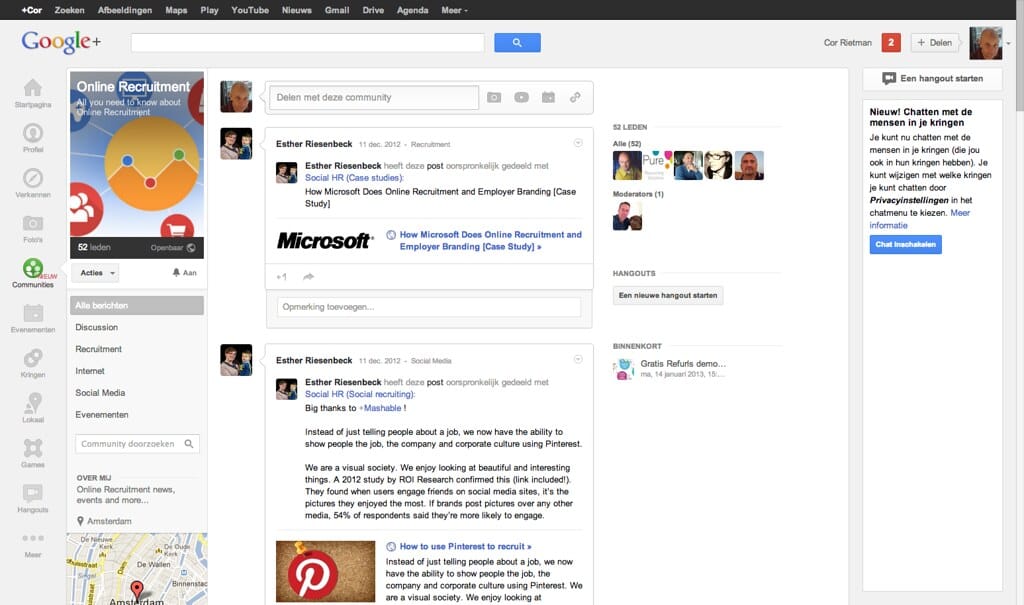The Giants Have Fallen: CareerBuilder and Monster's Bankruptcy Signals the End of an Era in Online Recruiting
The digital graveyard of the internet just gained two more iconic casualties. CareerBuilder and Monster.com, the pioneering platforms that once defined online job searching for millions of Americans, have both filed for bankruptcy, marking the definitive end of an era that began in the late 1990s.
These weren't just any websites—they were household names that transformed how people found work and how companies recruited talent. Yet their demise tells a larger story about digital disruption, changing user expectations, and the relentless pace of technological evolution in the modern economy.
The Rise and Fall of Job Board Titans
At their peak in the mid-2000s, Monster and CareerBuilder weren't just successful—they were cultural phenomena. Monster's Super Bowl commercials became legendary, featuring everything from talking babies to office dystopias that resonated with millions of workers. CareerBuilder followed suit with memorable ads starring chimpanzees in office settings, spending tens of millions annually on brand awareness.
The numbers tell the story of their former dominance. Monster went public in 1996 and reached a market capitalization of over $6 billion during the dot-com boom. CareerBuilder, launched in 1995, became the largest job site in the United States by 2007, processing over 25 million unique visitors monthly and hosting more than 1.5 million job postings.
What Went Wrong: The Perfect Storm
LinkedIn's Professional Network Revolution
The most significant blow came from LinkedIn, which launched in 2003 but didn't become a serious competitor until the 2010s. Unlike traditional job boards, LinkedIn created a professional networking ecosystem where recruiters could actively hunt for passive candidates—those not actively job searching but open to opportunities.
"LinkedIn fundamentally changed the game by making professional networking social," explains Sarah Chen, a digital recruitment strategist. "Why post your resume on a job board when you could maintain a dynamic professional profile that showcased your network and achievements in real-time?"
The Mobile-First Revolution
While Monster and CareerBuilder were built for desktop experiences, newer platforms embraced mobile-first design. Indeed, launched in 2004, focused on aggregating job listings from across the web and providing a cleaner, faster search experience. By 2019, Indeed captured over 60% of the job search market, according to Jobvite's annual recruiting benchmark report.
Changing Employer Preferences
Companies increasingly preferred platforms that offered more targeted recruiting tools. Modern platforms like Glassdoor combined job listings with company reviews, while specialized sites like AngelList captured startup hiring. The broad, general approach of traditional job boards began feeling outdated.
The Numbers Don't Lie
The decline was steep and measurable:
- Monster's workforce dropped from over 5,000 employees in 2008 to fewer than 1,000 by 2020
- CareerBuilder's revenue fell from $700 million annually in 2010 to under $200 million by 2019
- Both companies changed ownership multiple times, with Monster being sold to Randstad in 2016 and CareerBuilder acquired by private equity firm Apollo Global Management in 2017
Lessons for the Digital Economy
Innovation Requires Continuous Reinvention
The failure of these job board giants illustrates a crucial principle: early market dominance doesn't guarantee long-term survival. Both companies were slow to adapt to mobile technology, social networking trends, and changing user expectations around user experience and functionality.
Network Effects Trump Simple Platforms
LinkedIn's success demonstrates the power of network effects—the more professionals who joined, the more valuable the platform became for everyone. Traditional job boards operated more like classified ads, lacking the viral growth mechanics of true social platforms.
User Experience Is Everything
Indeed's rise shows how superior user experience can overcome established brand recognition. Their cleaner interface, better search functionality, and faster loading times gradually won over users frustrated with the cluttered experiences of older platforms.
The Broader Implications
The bankruptcy of CareerBuilder and Monster represents more than just business failures—it signals a fundamental shift in how we think about career development and professional relationships. Today's job seekers expect platforms that offer networking opportunities, company insights, skill development, and career guidance, not just job listings.
As we move forward, the lesson is clear: in the digital economy, yesterday's innovation becomes tomorrow's legacy system faster than ever. The platforms that thrive will be those that continuously evolve with their users' needs, embrace new technologies, and understand that in the modern economy, finding a job is just one part of managing an entire professional identity.
